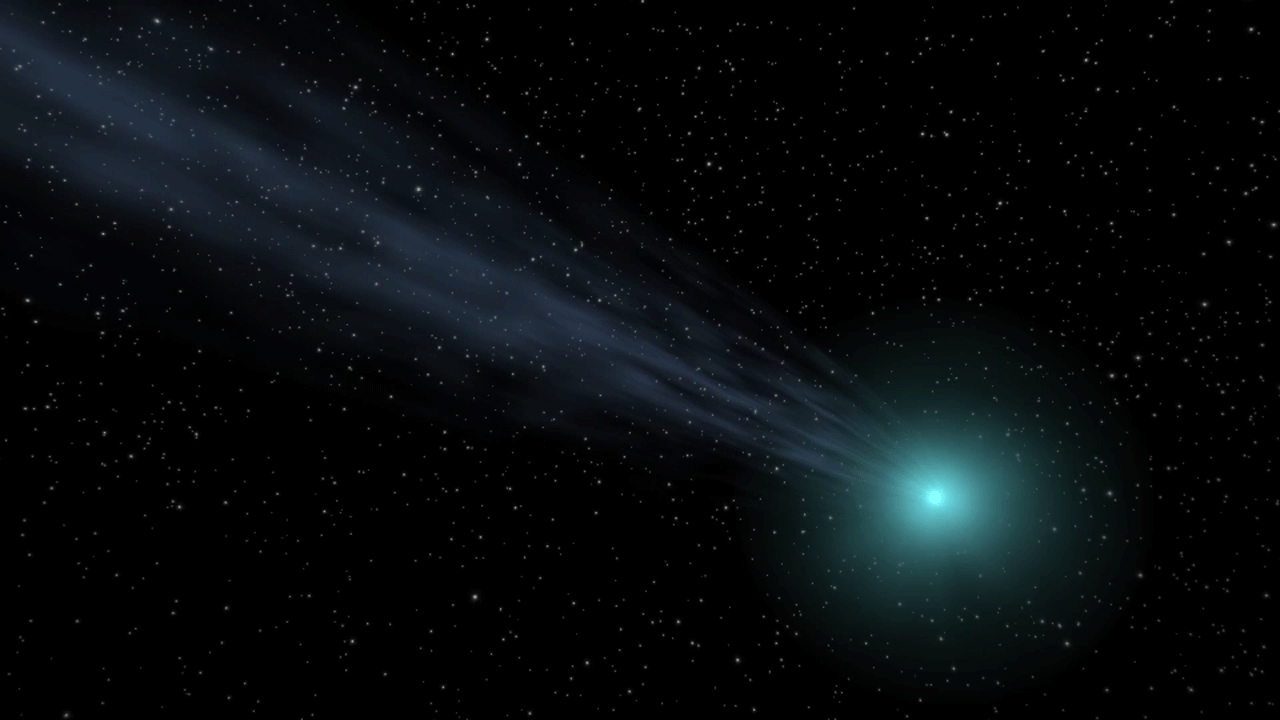Hubble Confirms 'Largest Comet' Is 80 Miles Across
KEY POINTS
- Comet C/2014 UN271 was first observed in 2010
- It was about 3 billion miles away from the sun back then
- Scientists kept observing it using ground- and space-based telescopes
- Hubble images were then used to determine its size
The Hubble Space Telescope has confirmed just how massive a record-breaking comet is. At about 80 miles across, it is headed our way. However, there's no need to worry.
Comet C/2014 UN271 (Bernardinelli–Bernstein) was first observed in 2010, according to the University of California, Los Angeles (UCLA). It was about 3 billion miles away from the sun at the time, but scientists continued observing it using both ground- and space-based telescopes.
It hasn't been easy to determine how big its nucleus really is because of its coma, which is the fuzzy cloud around it. In their new paper, published Tuesday in the Astrophysical Journal Letters, a team of experts presents its analysis of the comet based on photos taken by Hubble on Jan. 8, 2022.
Using a "nucleus extraction technique," the researchers determined that the nucleus likely has a diameter of about 80 miles across, making it larger than the width of Rhode Island. By comparison, the previous record-holder is comet C/2002 VQ94, with a nucleus that's about 60 miles across, NASA noted in a news release.
"(W)e confirm that C/2014 UN 271 is the largest long-period comet ever detected," the authors wrote.
Big news! No. Really. @NASAHubble confirmed the largest comet ever. Its nucleus is bigger than Rhode Island.
— NASA (@NASA) April 12, 2022
But don't worry: the comet won't come any closer to Earth than Saturn: https://t.co/yiZe9Quanh pic.twitter.com/dui5dfdxs8
In fact, the nucleus is said to be 50 times larger than most other comets, and its mass is estimated to be about 500 trillion tons, which is a hundred thousand times greater than typical comets' mass, UCLA noted.
"This comet is literally the tip of the iceberg for many thousands of comets that are too faint to see in the more distant parts of the solar system," study co-author, David Jewitt of UCLA, study co-author, said in the university news release. "We've always suspected this comet had to be big because it is so bright at such a large distance. Now we confirm it is."
This photo sequence shared by UCLA demonstrates how the scientists were able to isolate the fuzzy coma from the solid nucleus. Another photo shows just how massive Comet Bernardinelli-Bernstein's nucleus is compared to those of other comets.
The authors also found that the nucleus' surface may actually be darker than previously thought, with Jewitt describing it in the news release as "big and blacker than coal."
Although the massive comet is headed our way at 22,000 miles per hour and is expected to make its closest approach in 2031, there is no need to panic. It won't come any close to a billion miles from the sun. According to NASA, that's just a bit farther than the distance of Saturn.

© Copyright IBTimes 2024. All rights reserved.






















